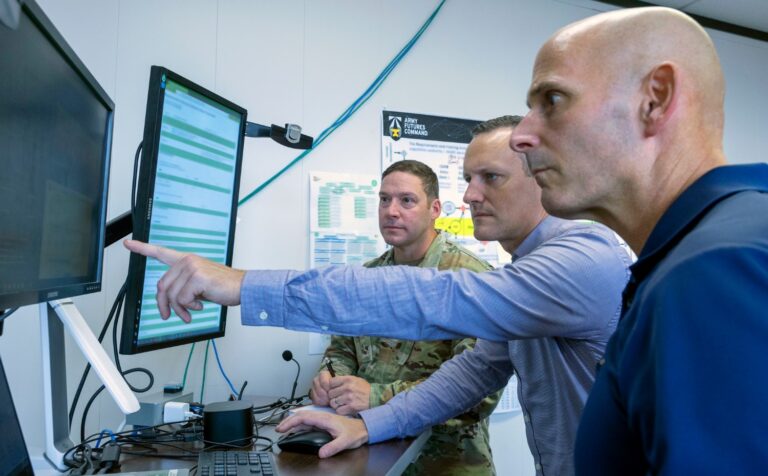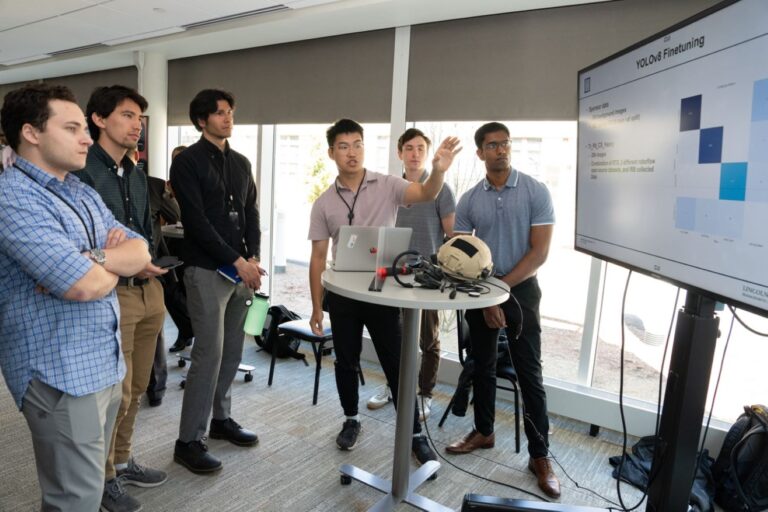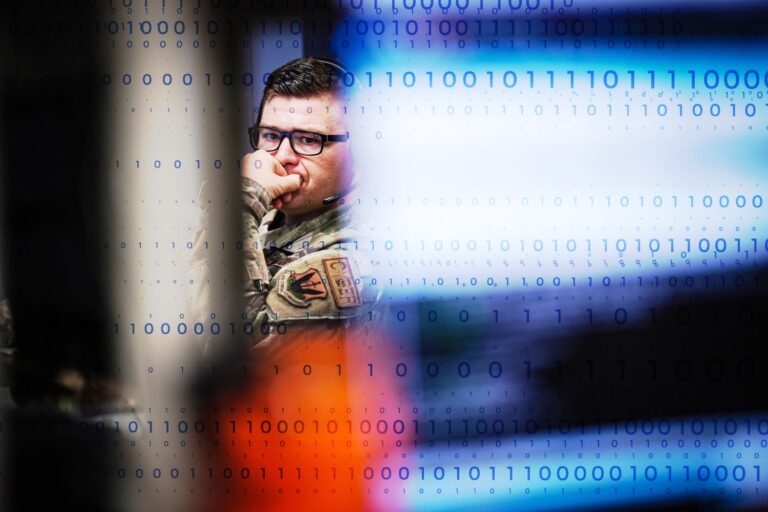MITRE Launches OpenARIA to the Aviation Community
MCLEAN, Va. – MITRE announced it would provide an open-source edition of its Aviation Risk Identification and Assessment (ARIA) software suite to the community. OpenARIA is focused on improving aviation safety and efficiency with aviation community participation.
“OpenARIA is one of the tools we’re using to generate safety intelligence to prevent aviation accidents as we move toward the automatic detection of events.”
The initial ARIA prototype was created for the Federal Aviation Administration (FAA) in partnership with the FAA’s Safety and Technical Training service unit Quality Assurance (QA) group and launched in October 2020. In 2021 and 2022, MITRE added new capabilities to FAA’s ARIA suite that provided more fine-tuned information about too-close encounters involving aircraft on or near airport surfaces and near terrain or obstacles.
ARIA automatically analyzes radar and other surveillance data about flights in U.S. airspace in near-real time. Using algorithms that examine factors such as speed, altitude, and trajectory, ARIA identifies situations that may constitute safety issues. It then prioritizes them for deeper investigation, effectively sorts safety encounters and puts the rare—but extremely important—high-potential risk encounters at the top of the list in near-real time. In addition to prioritizing safety encounters, ARIA provides FAA QA investigators with a more complete safety picture.
OpenARIA offers a publicly available solution for detecting airborne aviation safety encounters utilizing aircraft location data and aggregates those risks for bulk analysis, all with the goal of collecting community feedback to improve the overall system and make valuable improvements to the code. Its release is intended to help create an international community that works together to detect, understand, and mitigate risks.
“The FAA manages the world’s largest, busiest, and most complex airspace in the world. The safety level of today’s flight operations reflects a continual improvement in performance, technologies, and procedures. The goal of all aviation stakeholders is to make this system even safer. OpenARIA is an opportunity for those stakeholders to contribute to doing just that,” notes Greg Tennille, managing director for transportation safety at MITRE’s Center for Advanced Aviation System Development. “OpenARIA is one of the tools we’re using to generate safety intelligence to prevent aviation accidents as we move toward the automatic detection of events.”
Jeff Planty, FAA vice president of safety and technical training, adds, “ARIA is one of many tools employed by the FAA’s Risk-Based Safety Management process. In addition to focusing on the most critical or severe safety events, the FAA also focuses on serious events in the system to support learning and proactive prevention of accidents. Often, less critical safety events have precursors and indicators of risk embedded within them, and using that data proactively prevents accidents or significant events before they occur.”
MITRE has been at the forefront of pushing the science of safety forward. Over 15 years ago, MITRE helped launch the Aviation Safety Information Analysis and Sharing (ASIAS) initiative—a government-industry collaboration that has transformed aviation safety. MITRE also developed MITRE Global Flight Informatics (MGFI), which uses multiple aviation data sources, advanced data fusion, and analytics to provide new insights into aviation safety, security, efficiency, and capacity challenges around the world. Today, we are focused on the next level of safety, an approach that combines the ubiquitous data produced by the information revolution with advanced analytics to generate near real-time safety intelligence and accelerate safety improvement.
OpenARIA is available to the public on GitHub, where users and developers can contribute feedback and technical enhancements to continuously improve the tool for the FAA and the global aviation community.
About MITRE
MITRE’s mission-driven teams are dedicated to solving problems for a safer world. Through our public-private partnerships and federally funded R&D centers, we work across government and in partnership with industry to tackle challenges to the safety, stability, and well-being of our nation. Learn more at mitre.org.








